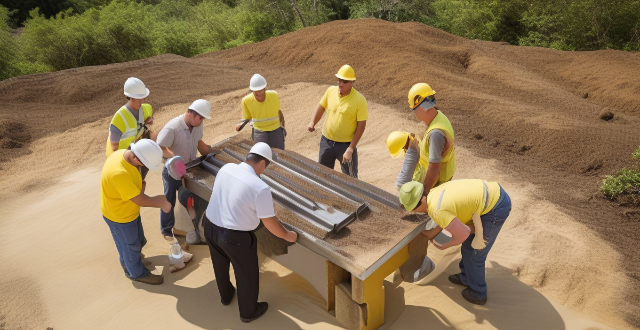A safety drill is a crucial practice session that simulates emergency situations to prepare individuals and organizations for potential emergencies by practicing evacuation procedures, using safety equipment, and following established protocols. Safety drills are important for several reasons: they familiarize people with emergency procedures, identify weaknesses in current plans, ensure compliance with regulations, maintain readiness, and promote a culture of safety.

What is a Safety Drill?
A safety drill is a practice session that simulates an emergency situation, such as a fire, earthquake, or other disaster. The purpose of the drill is to prepare individuals and organizations for potential emergencies by practicing evacuation procedures, using safety equipment, and following established protocols.
Why are Safety Drills Important?
Safety drills are crucial for several reasons:
1. Familiarization with Emergency Procedures
- Awareness: Drills help individuals become aware of the emergency procedures and what actions to take during an actual emergency.
- Confidence: By participating in drills, people gain confidence in their ability to respond effectively to emergencies.
2. Identification of Weaknesses
- Improvement Opportunities: Drills reveal weaknesses in the current emergency response plan, allowing for improvements before an actual emergency occurs.
- Feedback: Participants can provide feedback on the effectiveness of the drill and suggest areas for improvement.
3. Compliance with Regulations
- Legal Requirements: Many jurisdictions require regular safety drills as part of legal compliance for businesses, schools, and other institutions.
- Avoiding Penalties: Ensuring compliance helps organizations avoid penalties and fines for non-compliance.
4. Maintaining Readiness
- Regular Practice: Frequent drills ensure that everyone remains ready and able to act quickly in case of an emergency.
- Updating Information: As personnel change, new employees need to be trained, and drills provide an opportunity for this training.
5. Promoting a Culture of Safety
- Safety First: Safety drills emphasize the importance of safety within an organization's culture.
- Employee Involvement: Involving employees in the planning and execution of drills fosters a sense of ownership and responsibility for safety.
In conclusion, safety drills serve as essential preparation tools that help individuals and organizations respond effectively to emergencies. They not only familiarize participants with emergency procedures but also identify areas for improvement, ensure compliance with regulations, maintain readiness, and promote a culture of safety.